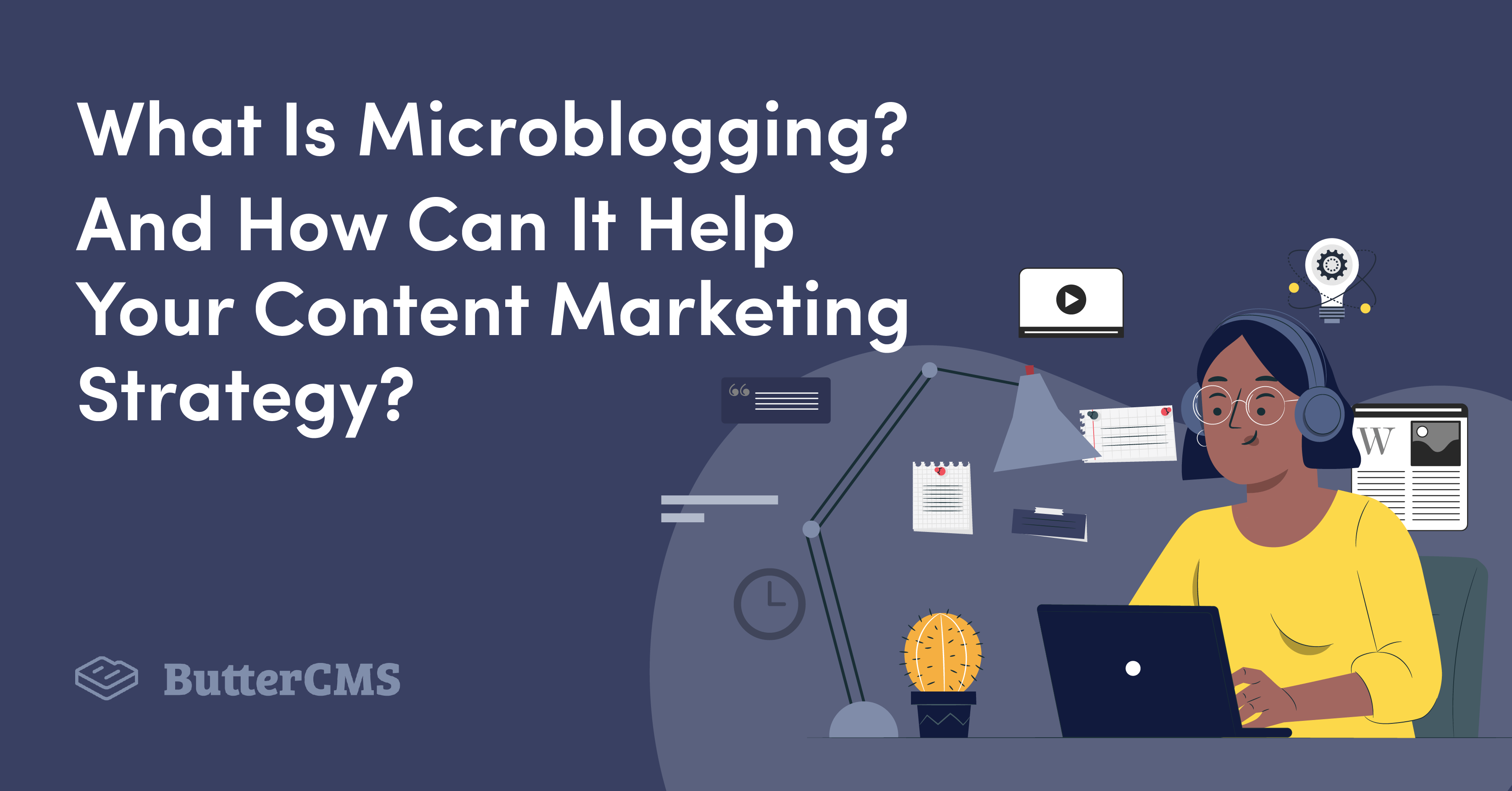
GSD
What Is Microblogging? And How Can It Help Your Content Marketing Strategy?
Posted by Delfina Hoxha on October 13, 2023
You’ve heard of blogging, now get ready for microblogging! Blogs play a crucial role in every content marketing strategy. In your career, you might’ve noticed firsthand the benefits of high-quality content for many brands and founders.
Creating blog content can help improve your chances of being found online, bring in new clients, differentiate your brand, and it's fun.
What is microblogging, though? While the term isn't widely known, if you're reading this, chances are you've already tried microblogging. In this post, we'll take a look at what microblogging is, see some examples, and uncover how you can use it to boost your content marketing efforts—often in less than 280 characters.
Table of contents
What is microblogging?
As the name suggests, microblogging is the process of creating short posts in various formats, such as text, images, and audio. The most common microblogging sites include Twitter, LinkedIn, Facebook, and Medium.
Here's the official definition from HubSpot:
Microblogging refers to the act of creating concise posts for short audience interactions, often on common microblogging platforms such as Twitter and Tumblr. In addition to text, a post on a microblog can include links, audio, images, and even video.
Examples of microblogging
LinkedIn posts
The #1 networking platform is about more than just hiring people or keeping in touch with former colleagues. A lot of people use LinkedIn to speak their minds and comment on industry trends. What is microblogging on LinkedIn? While you can publish long articles, you can also publish LinkedIn microblogs in the form of posts (up to 1300 characters).
You can use LinkedIn microblogs to showcase your personality or your brand’s values.
Here are two LinkedIn microblogging examples from Dave Gerhardt, CMO of Privy. He shares his 10 short copywriting laws and a “controversial” opinion about how long it should take to create a new website.
Tweets
The first-ever tweet, “just setting up my twttr,” was shared in 2006 by Jack Dorsey. With their famous 140 character limit, Twitter defined an era, prompting people to keep it short and sweet.
What is microblogging? In Hatching Twitter, Nick Bilton shared this snippet by Noah Glass, who coined the term “Twitter” and was involved in its early launch:
“It can be whatever you want it to be. The fact that I could find out what my friends were doing at any moment of the day made me feel closer to them and, quite honestly, a little less alone.”
While the limit has since been expanded to 280, Twitter remains the OG microblogging platform, and brands have joined in on the fun.
Twitter microblogs can be original tweets or shares (retweets).
In this example by McDonald's, their microblog is a funny reference to the text-speak abbreviation “wyd,” which refers to “what are you doing” and “wdywfm,” which refers to “what do you want from McDonald's.” Other brands like Xbox, UNO, and Looney Tunes got in on the action by replying with their own brand references.
Here, Peep Laja, the founder of CXL, a popular digital marketing training institute, is using Twitter microblogging to assess what platform users prefer. This channels “this meeting could’ve been an email” energy— while microblogging wouldn’t be appropriate for a more in-depth survey, it’s perfect for a similar short question.
Instagram posts
Since it’s mostly visual, Instagram isn’t the first platform that comes to mind when answering “what is microblogging?” However, it’s still a great microblogging tool. Captions can go up to 2200 characters, which is approximately 365 words. You can use this space to:
- Highlight employee achievements
- Mention product updates
- Share “behind the scenes” content
- “Tease” your new article and direct your followers to your blog
Here’s how Ellevest, a robo-advisory service, is using Instagram microblogging:
Ellevest frequently shares financial advice in the form of “tip of the day” posts. They’ve been vocal about the fact that the platform is “built by women, for women, since the financial industry wasn’t”. They frequently use a friendly voice in their messaging, hence the “iPhone message” format.
Don’t limit yourself to your captions, but feel free to experiment with different images or text formats. Social media celebrates imperfections.
Liveblogging
Liveblogging is a form of microblogging that you’ve probably encountered in various formats: the latest news coverage, sports matches, live events, etc.
Twitter is the most used platform for this type of microblogging since most news or sports updates can perfectly fit within 280 characters.
Another reason for the popularity of Twitter liveblogging might be the “Trending” aspect— topics that become particularly popular in a short timeframe— and joining in the fun with the other people talking about the same thing.
Self-hosted microblogs
If you’d like to stand out, you can even create your own microblogging platform. Your company can reap all the benefits of microblogging while skipping a few of the disadvantages like poor branding, everchanging algorithms, and not owning the platform.
It’s not a super popular solution, but a few companies have chosen this route and seen great success with it. If the idea of hosting your own microblog sounds intriguing, and if you prefer being able to fully control how your content appears on various technologies, this solution might be ideal for you and you can implement it with ButterCMS.
Here’s an example of a self-hosted microblog, Quiet Habits. The site includes everything you’d find in other blogs, the only difference is that with self-hosted microblogs, you create the rules and set your own content policies.
Differences between microblogging and blogging
The main difference between microblogging and blogging is the length of each. While both are used in various platforms, microblogs are noticeably shorter than blogs. Below we've listed some of the advantages and disadvantages of microblogs.
Advantages of microblogging
Less time spent creating content
Tweeting or sharing a LinkedIn status takes less time than writing weekly long-form articles for your blog.
If you have a small team, or if you’re a “jack of all trades” freelancer, microblogging might be a better way to get new people to your company’s website or interested in your product.
Perfect for time-sensitive and trending topics
Depending on how active you are on social media, you might know there’s a new meme out almost every day. As companies try to be more approachable and relatable, social media managers rush in to join the fun (remember the Bernie Sanders inauguration memes?).
Microblogging is ideal for limited offers, trending topics, or similar time-sensitive content.
Easier to grab attention
Your microblogs can reach the busy bunch who scroll through their Twitter or Instagram feeds in the little time they have. Social media microblogging platforms are designed for mobile usage, making them perfect for a quick catch-up.
Sure, busy people can find the time for longer, more thorough guides, but when they’re on the lookout for something less cognitively demanding, why not meet them where they are?
Shorter messages are easier to absorb, and they’re a great way for your company to stay top of mind for potential clients.
Increases the likelihood of being more consistent with content strategy
According to the 2020 Blogging Survey by Orbit Media, “inconsistent bloggers are the least likely to report strong results.” Content marketing in itself is an investment for those who are in it for the long haul since it usually takes longer for it to produce results in comparison to other marketing strategies.
If you’re struggling to stay consistent with writing and publishing long-form content, microblogging can be a good way to get started and build that momentum.
You can rely on curating rather than creating
By retweeting or reposting other people’s images, you can use microblogging as a curator.
If you’re struggling to come up with content ideas or execute them, another advantage of microblogging is that you don’t have to focus on creating. From literature to food and interior design, many people have taken on a curator role by finding and sharing what their audience likes, rather than creating their own original content.
Disadvantages of microblogging
Shorter posts are usually outperformed by longer posts
According to research from Medium, the optimal blog post reading time is around 7 minutes or approximately 1600 words. From Quartz to Columbia Journalism Review and CoSchedule, research has shown that longer posts outperform shorter blogs.
Organic traffic remains at the heart of a content marketing strategy, increasing brand awareness and bringing in new leads. After analyzing their own articles, HubSpot found that longer posts (2250-2500 words) have more chances to rank higher on search results. This could be a potential disadvantage of microblogging.
Can’t cover complex topics
While you can expand the power of 280-character-tweets by posting a thread, or the power of one Instagram picture by posting a carousel (an Instagram post with up to 10 images or videos), they’re still not ideal for covering elaborate subjects.
If you know your customer’s pain points, explaining them fully and offering intricate solutions can’t be done properly in threads or carousels.
It’s harder to convert prospects into clients
Most microblogging platforms are social media platforms, with a focus on just that, social. A lot of users spend time on these apps checking out what their friends are up to.
It’s hard to convert followers into clients on Instagram or Facebook, especially if you’re offering services or luxury products, and it’s close to impossible if you work in SaaS.
Microblogging is better for TOFU (top of the funnel) content, which refers to content created for prospects who aren’t familiar with your service or company and are not ready to make a purchase yet.
Microblogging puts constraints on creativity
As a freelance writer, I struggle with microblogging, especially tweeting, because I’m not used to putting word count constraints on my ideas. I’ve seen many brands, founders and creators achieve great things by being valuable and succinct on these platforms, but the limiting nature of microblogs can present a disadvantage for others.
You’re on rented land
We’ve seen many platforms blow up, then fail almost as quickly as they rose to the top. In microblogging platforms like LinkedIn, Twitter, or Medium, no matter how large your following is, you’re always on rented land. Your company doesn’t own the platforms and the interactions, even though you’re the one who built and nourishes these relationships.
Many profiles get hacked, and you have no say in the ways the algorithm changes and how these changes affect you. This is part of the reason why your company should stop blogging on Medium, besides poor branding.
If you’d like to avoid the risks that come with publishing on platforms you don’t own, but you’d still like to use microblogging to connect, educate, and entertain, self-hosted microblogs might be a great alternative for your company. Self-hosting would eliminate the “rented land” issue and you’d have full control over your content, how it appears, and how it reaches your clients.
How can microblogging help your content marketing strategy?
These are some of the specific ways you can leverage microblogging to help your content marketing strategy:
1. Share UGC (user-generated content)
You can use microblogging to shine the spotlight on your clients with UGC (User-Generated Content) by sharing their “best top 10” guides where they spoke highly about your product, resharing videos of them reviewing your software, reposting photos of them repping your merch, etc.
2. Repurpose long-form content into microblogs
Your content writer wrote a guide you’re super proud of? Repurpose it! You can turn the headings into an Instagram carousel post, including a sentence or two in each image. For example, this article can be repurposed into a few Instagram carousel posts, each covering different topics:
- What is microblogging?
- Microblogging examples to inspire your next post
- Disadvantages of microblogging
- 5 tips on using microblogging to help your content marketing strategy
Similarly, share bits of the article on your company’s LinkedIn. The same piece of content can be used to reach different people on various platforms at different times.
3. Repurpose microblog content into long-form content
Remember that poll Tweet from Peep Laja, the founder of CXL? You can strategically use microblogs to find out exactly what resonates with your audience, instead of creating in a vacuum without knowing whether it’s something they need right now.
You can gauge which topics your audience liked by looking at your analytics insights, and then develop more in-depth content on those topics.
4. Turn followers into prospects by redirecting them to your website
Your microblogs can reach people on various platforms, and while microblogging is an effective way to stay top of mind, it’s even more beneficial for your brand and overall marketing efforts when you redirect followers to your website. In your Instagram caption, or as part of a Twitter thread, add a CTA (call-to-action) telling people to go to your website for even more resources.
It’s useful to offer incentives that you otherwise don’t in your social media platforms, for example, guides, templates, demos, or coupon codes for website visitors or newsletter subscribers exclusively.
5. Incorporate the values of your brand and share “Behind the scenes” content
As Austin Kleon said in his book Show Your Work!: 10 Ways to Share Your Creativity and Get Discovered:
“Your work doesn’t exist in a vacuum. Whether you realize it or not, you’re already telling a story about your work. Every email you send, every text, every conversation, every blog comment, every tweet, every photo, every video—they’re all bits and pieces of a multimedia narrative you’re constantly constructing.”
In microblogging platforms, BTS, stories, funny anecdotes, and a friendly tone of voice are encouraged. Whether prospects are reading your company blog or scrolling through your Twitter profile, you can stand out by adding more personality to your brand communications and sharing the values that make you different.
Getting started with microblogging
By now you've learned about the advantages of microblogging and the ways you can include short posts on these platforms in your strategic content marketing efforts.
Blogging and microblogging are both excellent ways to build a personal brand, create an audience, share valuable knowledge, and connect with like-minded experts or potential clients. However, despite the good that can come from these activities many run into roadblocks such as time constraints or believing that what they have to say has already been said (here are six beliefs that shouldn't stop you from writing.)
This may seem overwhelming, but with the right plan and systems in place, microblogging can be a simple, yet powerful tool in your content marketing strategy.
For Lamba, a leading online school for software developers, their blog is one of their most essential tools for building awareness. Previously, they published on Medium, but Medium’s domain earned most of the organic website traffic for content authored by Lambda staff for the software development crowd.
With ButterCMS, they migrated off of Medium in just two days. Whatever challenges the job presents or what the next step is for your team—focusing on microblogging, investing in SEO, rebranding, migrating, finally adding a blog to your website,—it'll be easier to collaborate and your content marketing strategy will benefit from how flexible a headless CMS.
Whether you’re blogging or microblogging, with a headless CMS, you can manage your content from multiple platforms all in one place. Publishing to your blog shouldn’t be a hassle, if anything, it should be as smooth as butter, no pun intended. Get in touch to learn more about our plans.
Do you want your product or marketing team to test Butter CMS? We can set up a live demo to walk your team through the fast, easy-to-use interface.
ButterCMS is the #1 rated Headless CMS
Related articles
Don’t miss a single post
Get our latest articles, stay updated!

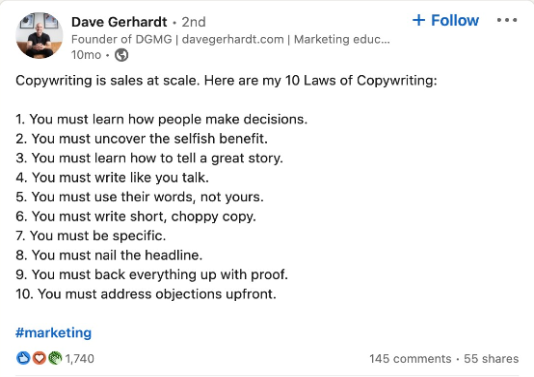
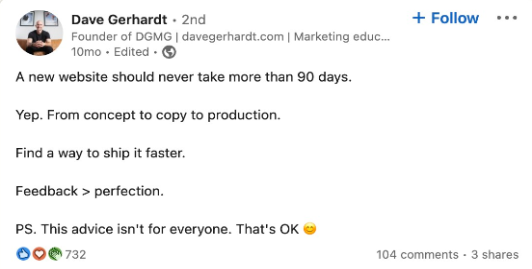
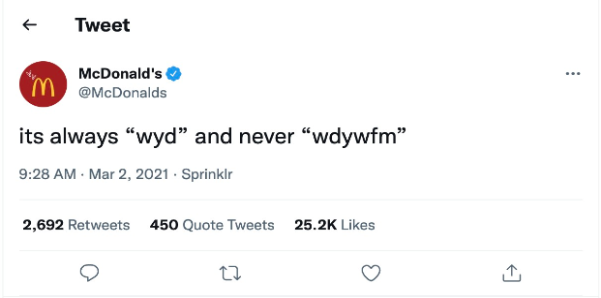
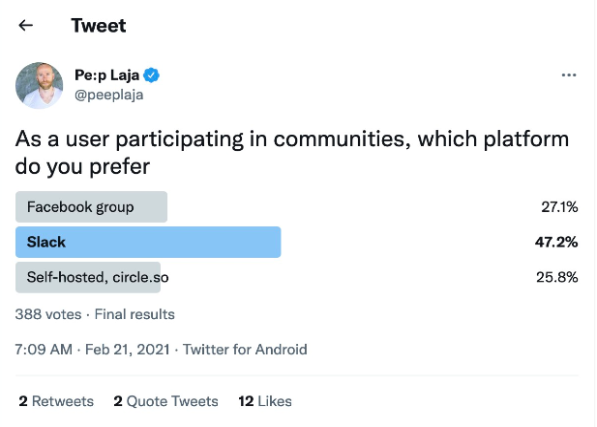
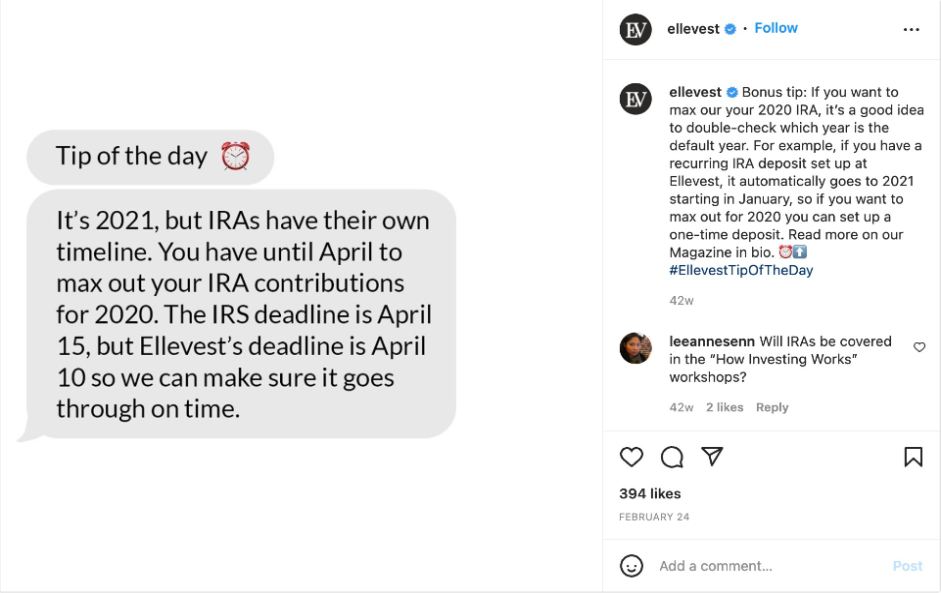


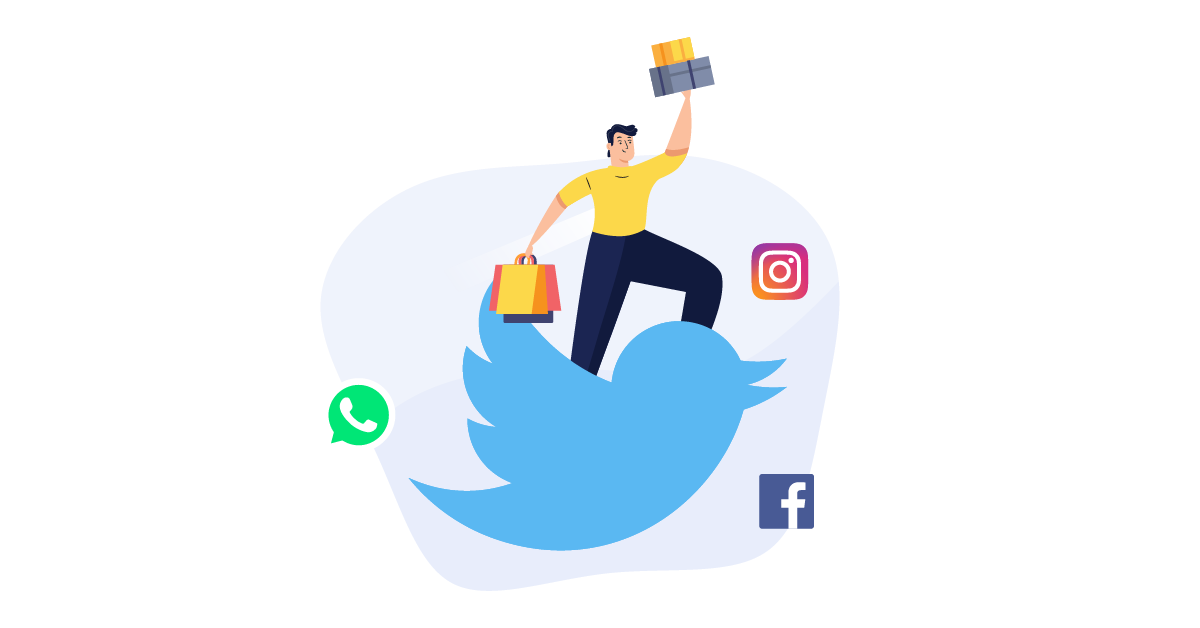













Delfina Hoxha is an Albanian freelance content strategist, passionate about intertwining storytelling, behavioral psychology, and best UX practices in her work. The Inner Dolphin is her old-school blog dedicated to using stories mindfully and trying to eradicate the feeling that no one else feels the way you do. She publishes a new article on the first Sunday of every month.